Banner artwork by Efremov Alexander / Shutterstock.com
My first Positively Legal article in 2020 was about meditation. It was about how our unconscious mind doesn’t know the difference between real danger (an oncoming bus) and perceived danger (a full inbox). For many, our stress response (which gives us the burst of energy to respond to the perceived danger) isn’t switching off, regardless of the situation.
In that article I considered how meditation can help us manage stress by reconnecting us to our parasympathetic nervous system (where we “rest and digest”).
Why come back to the same topic? In addition to my more than 20-year fascination with the topic, there has been new research and new techniques to try. It is a practice that continues to increase in popularity. I have also tried new breathing techniques, hypnosis, and non-sleep deep rest (NSDR). For this month’s column, I spoke to:
Merridy Woodroffe (currently on secondment with Westpac’s Technology, Enterprise and Digital Team and VP of Yoga Australia) about her long standing meditation and yoga practice;
Professor Selena Bartlett, (neuroscientist, author of Smashing Mindset, host of Thriving Minds podcast who previously joined me for the article about Befriending Stress) to discuss why we need to mind the hype and weigh up the negative impacts of meditation when considering if it is right for us; and
Veronica Engel, (principal psychologist at the Engel Clinic,) where I tried out hypnosis to help with my sleep and get me off all sugar!
The rise and rise of meditation
Pierce Salguero, associate professor of Asian History and Religious Studies at Penn State, recently described the increasing popularity and secularism of meditation: “Modern meditation often has different goals and priorities than traditional Buddhist meditation. It tends to focus on stress reduction, mental health, or concrete benefits in daily life instead of spiritual development, liberation, or enlightenment.”
He described the creation of the Mindfulness-based Stress Reduction (MBSR) protocol by Jon Kabat-Zinn as a pivotal moment, saying, “The stress reduction program introduced a standardized way of teaching meditation to patients so that its health benefits could be more rigorously measured by scientists.” Medicalized meditation is so popular now it generates over “US$1 billion per year, leading some critics to label it ‘McMindfulness,’” According to Salguero.
What is meditation?
Simply put, when we meditate, we choose an object and try to focus on it. This may be the breath, an object, or a mantra we repeat. Neuroscientist and Professor Andrew Huberman’s podcast on how meditation works described different types of meditation (interoceptive — focusing on the internal if you want to connect to yourself vs exteroceptive – focus on something external for people feeling more inside their heads), explaining that meditation, like exercise, isn’t just one thing.
Different meditation practices have different desired outcomes, whether to increase focus or improve sleep and that we can dial up or down particular areas of the brain with different meditation practices. My earlier article discussed some of the research benefits from regular meditation (including promoting feelings of calm; enhancing creativity, problem solving, and decision-making).
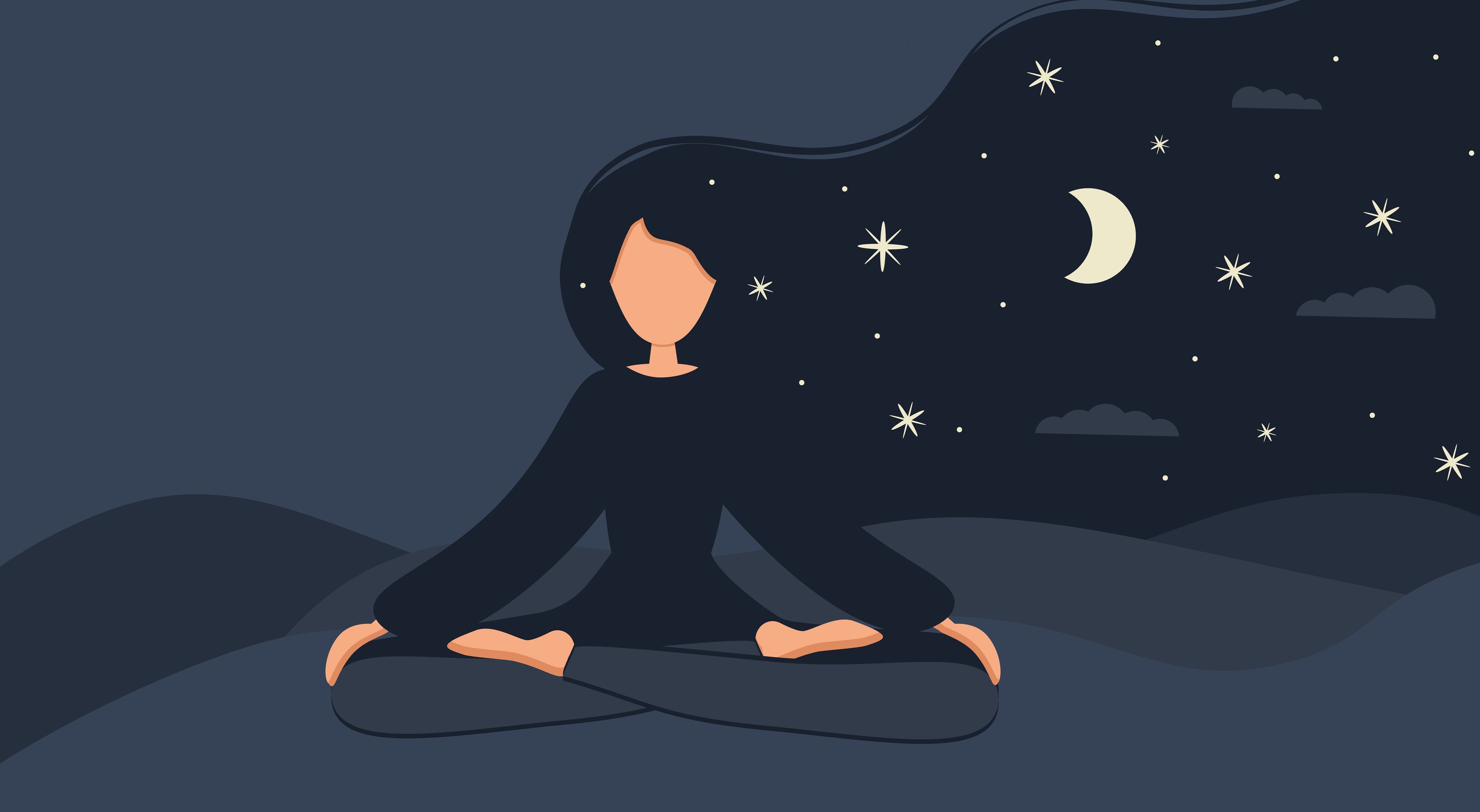
Different meditation practices have different desired outcomes, whether to increase focus or improve sleep and that we can dial up or down particular areas of the brain with different meditation practices.
What does science say a successful practice looks like?
- Meditating consistently between three and 13 minutes daily is effective:
- Peer reviewed studies from Dr. Wendy Suzuki’s lab at New York University showed that a 13-minute “focus and refocus” meditation significantly improved focus at other times. The key is not about focus, it’s about refocus.
This means that every time your mind drifts is an opportunity to refocus and to build up the circuits for focusing. Suzuki described the research in a 2019 article. In the experiment, non-experienced meditators did either a 13-minute daily guided meditation or a daily podcast listening session. They found that eight weeks of “brief, daily meditation decreased negative mood state and enhanced attention, working memory, and recognition memory” and suggested “that even relatively short daily meditation practice can have similar behavioral effects as longer duration and higher-intensity mediation practices.”
- Huberman’s own lab has shown benefits in stress reduction and improvement in sleep through a five-minute-a-day meditation. Huberman stressed the success of any meditation practice lies in its consistency. If you can only do one per week then he recommends doing 10-15 minutes or even 30 minutes. If you can set aside five to 15 minutes per day then you have a bit more flexibility and this could be a three-minute meditation one day and then a 10 minute meditation the next. He said that, just like exercise, consistency is key (citing Goleman and Ricardson’s book, Altered Traits).
- Use breathing as a form of meditation. Huberman also identified breathing patterns as another key component of meditation. He said, “the pattern of breathing you embrace in your meditation practice can in itself be a form of meditation … controlling one’s breathing can be tremendously useful in meditation regardless of whether one is focusing on interoceptive perceptions within our body or exteroceptive perceptions.”
He recommended asking yourself the question before you start meditating, “Do I want to be more relaxed than I am at present, or do I want to be more alert than I am at present when I exit the meditation?” If you want to be more alert, make your inhales longer and/or more vigorous than your exhales. In contrast, extending the exhale tends to calm the nervous system.
The key is not about focus, it’s about refocus.
Why we should “Mind the Hype”
While we consistently hear about the benefits of mediation, less is known about the risks. Bartlett has spoken with both Dr Pierce Salguero and Associate Professor Nicholas Van Dam on her podcast.
Salguero spoke about his time in a monastery during his early 20s when he practiced meditation and yoga four hours a day. “Over time,” he said, “I started to find that my focus on high intensity meditation was detracting from the other dimensions of my life.” Bartlett describes the process of excessive meditation as “similar to addiction and giving it up gives us withdrawal symptoms so we keep doing it despite the negative consequences.”
Van Dam is one of the authors of “Mind the Hype: A Critical Evaluation and Prescriptive Agenda for Research on Mindfulness and Meditation.” This 2019 meta-analysis, reviewed many individual scientific studies, pointing out that the evidence for the benefits of mindfulness and other meditation-based interventions had “significant limitations” and that the research has “methodological shortcomings.”
On Bartlett’s podcast, Van Dam explained recent studies showing what can go wrong. “Roughly about eight percent of people who undertake meditation can experience adverse events … something that is not desirable and it is not meant to happen. The most common forms of these events are that people can become very anxious or quite depressed while they are meditating, and those experiences can extend beyond the meditation itself. In very extreme cases we see evidence of things like psychotic breaks and people can lose their sense of themselves.”
While this is most common in intensive meditation retreats (e.g., 10-day silent retreats), “there are documented records or evidence of people having adverse experiences even in those circumstances in using say the Muse app with the headband or using other apps or practicing on their own at home. It is just much less likely to happen.” In addition, while structured programs such as MBSR tend to be quite helpful for people with anxiety and depression they are also contra indicated for people with more severe mental disorders.
While important to keep these shortcomings in mind when choosing a practice, there are great benefits to be found in meditation – you just need to find what is right for you! I spoke with Merridy Woodroffe about her practice.
Spotlight on Merridy Woodroffe
Merridy Woodroffe lives in Brisbane with her husband and dog and her goal is to “find balance, calm, and focus” through her daily yoga and meditation practice.
What is your current practice?
Woodroffe started her yoga practice in the late 90s and has a daily ashtanga vinyasa practice which she describes as “a fairly strong physical practice that requires focus on breath and Drishti (vision), so it’s a moving meditation.” Her journey started about 10 years ago when, wanting to find a more well-balanced life and finding “my approach to law to be very lopsided,” she did her Yoga Therapist qualification, hoping to “find myself and make better life choices.”

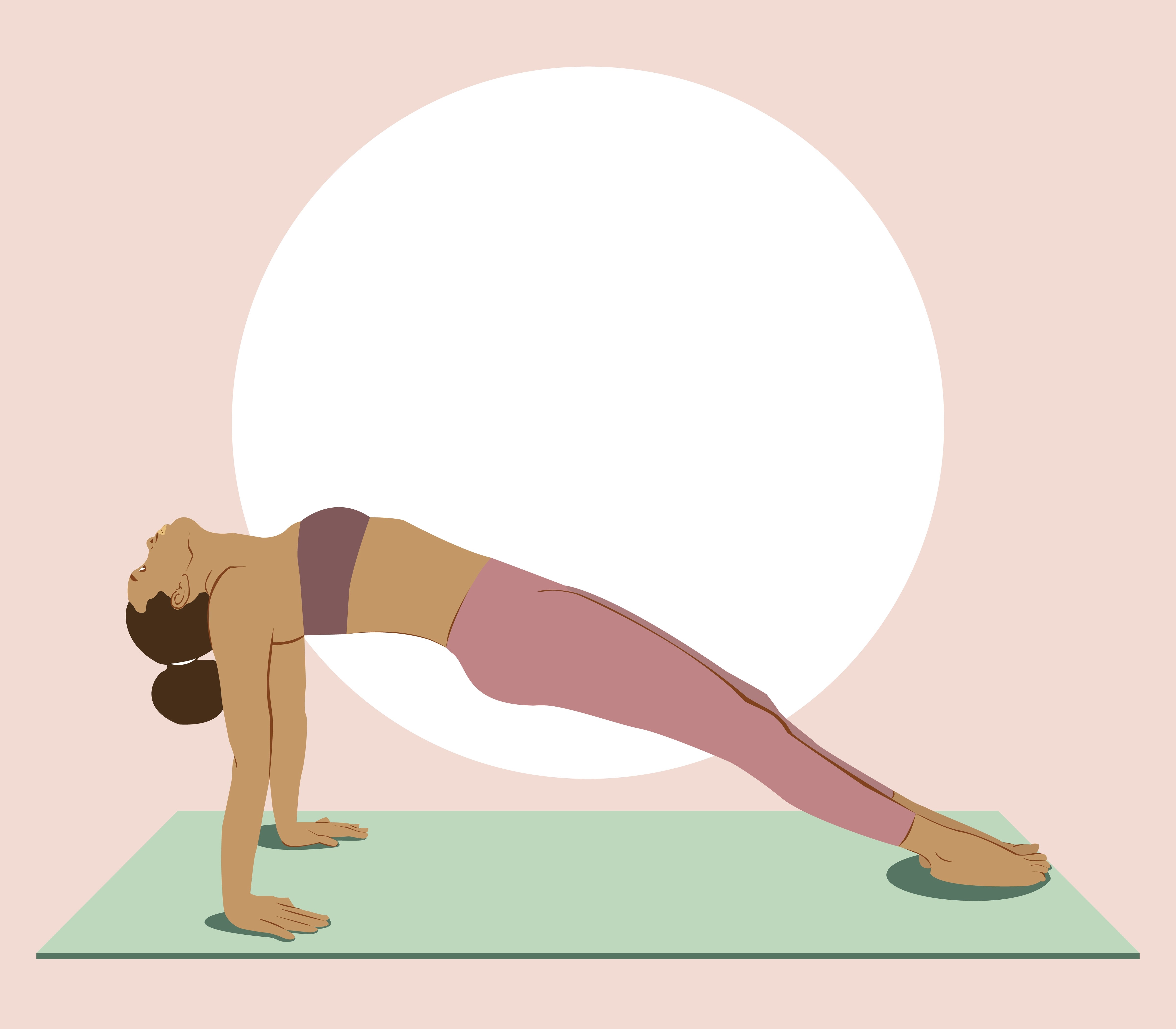
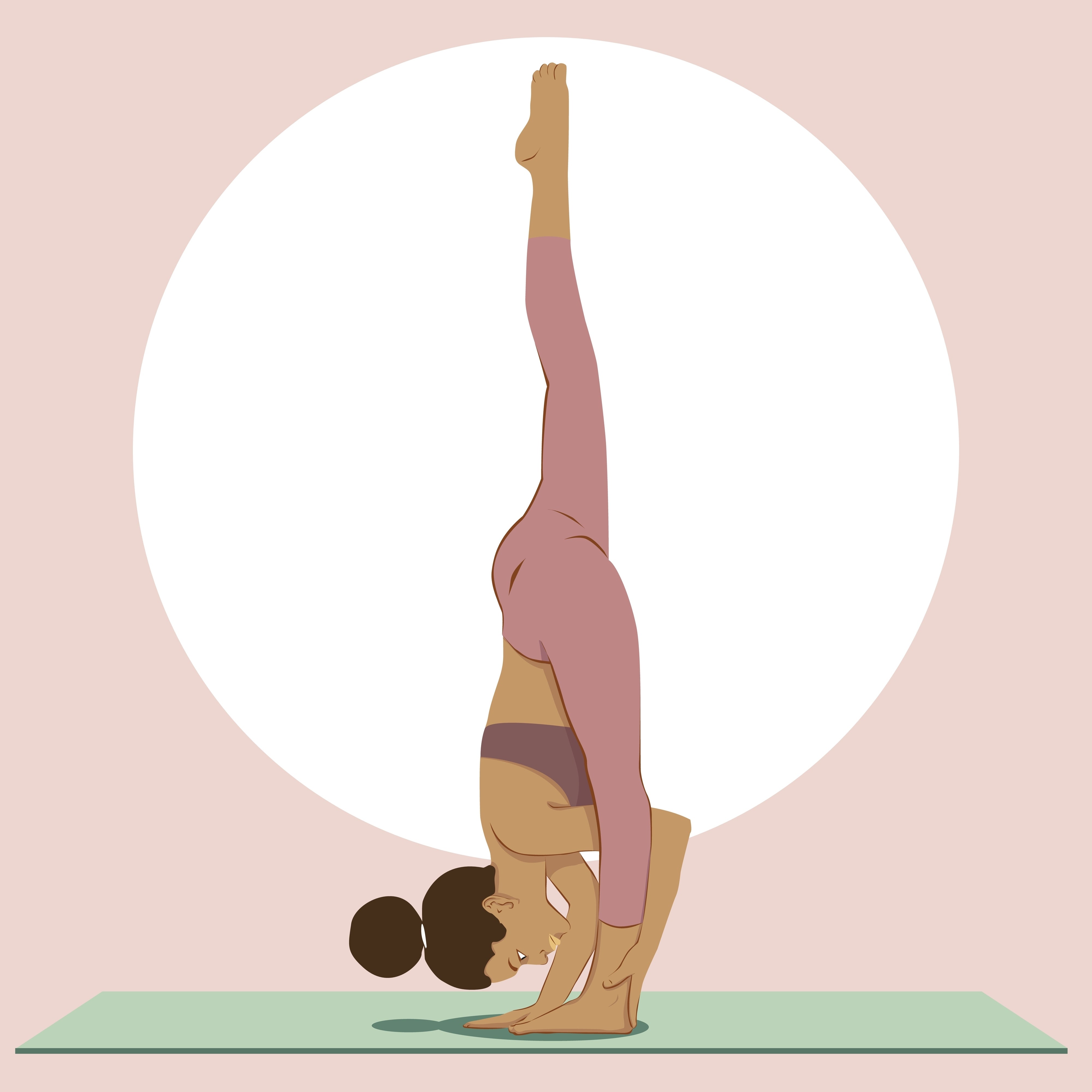
“I use sitting meditation when I’m stressed,” Woodroffe says, “depending on what’s going on, I have a ‘library’ of seated techniques that I’ve tried/learnt over the years, so I can match a technique to my needs. My favorite are breath awareness, ‘empty bowl,’ and body scan (also good lying down as a yoga nidra when insomnia hits). Visualisation doesn’t work for me; it’s important to experiment so that you can understand this for yourself. I also have a mantra/energy centre/pranayama meditation which is for when I’m really worried. I find the more unbalanced I am, the more complex and consuming a technique is needed.
For example, at the moment life is very relaxed and I have zero stress and am very present, so I don’t tend to sit to meditate.” She is currently exploring Pranayama, “part of my physical ashtanga practice is breath awareness, but I do sit to do specific techniques like kapalabhati and nadi shodana. I like the yoga-based practices but any practice (e.g., box breathing) is another great way to cultivate attention. Breath quality is a great indicator of balance.”
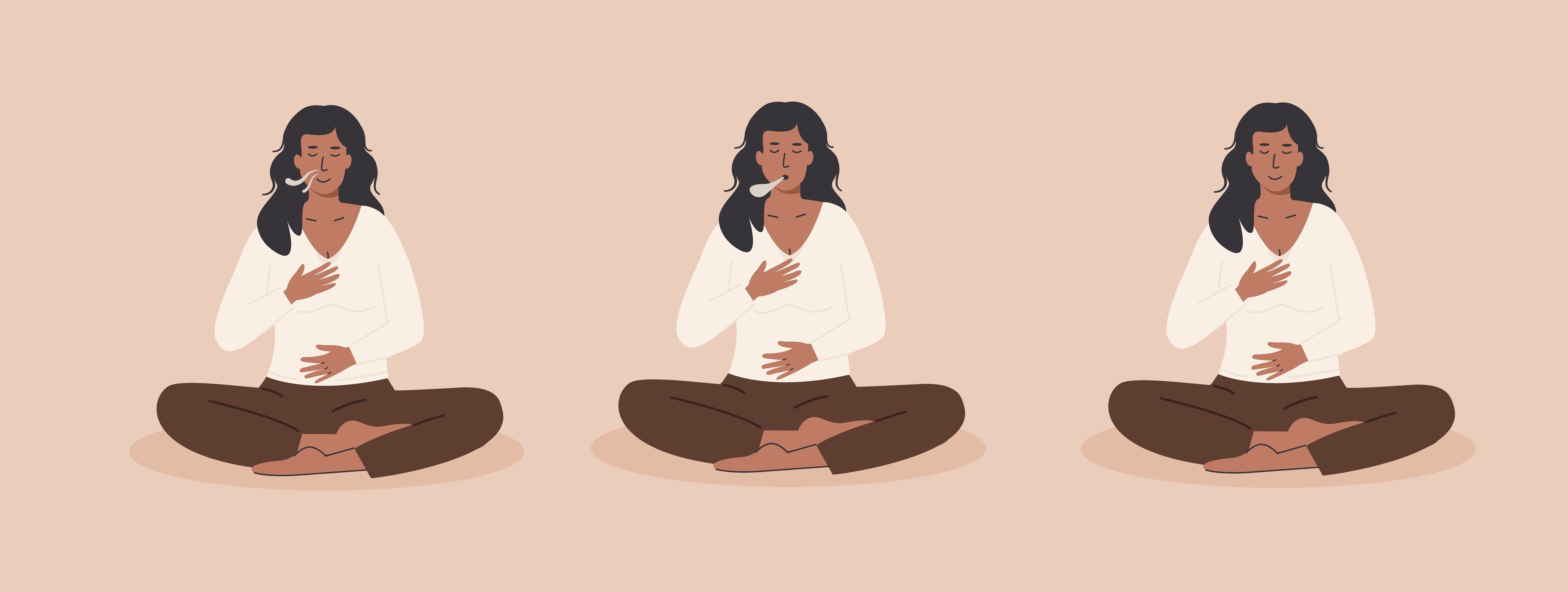
How did you build a consistent practice?
Woodroffe found that once she found yoga, a physical activity she enjoyed, “it was easy to keep doing that. And once I started moving my body, it made it much easier to sit because I burn off some of whatever nervous or agitated energy I’m holding. So, I would say that physical movement and meditation/awareness go hand in hand. You just need to find the right version of each that works for you. This will help with consistency.”
She agrees with the science that bigger and longer is not always better: “Whatever practice you do, do what you can and don’t fall into this trap! A 10-day silent meditation retreat will be of little use if once you’re back in ‘real life’ you can’t practice because you don’t have the external pressure/structure or can’t fit in a two-hour session every day. The real magic and benefits of practice come in what might seem to be the drudgery of what you do each day, and if it’s five minutes, that’s fine – if it’s an hour, that’s fine – if it's different every day, that’s fine. But it has to be done. Be practical and honest about it.”
She started with yoga classes in a community hall, tried different types, studios, and teachers. “Now I’m happy seeing my teacher a few times a week,” she shares, “and I also practice (physical and pranayama) at home. So, although I have done a lot of different things, I count this as nearly 25 years of consistent practice.”
Physical movement and meditation/awareness go hand in hand. You just need to find the right version of each that works for you. This will help with consistency.
Have you used your practice with other lawyers and what did you observe?
Woodroffe led meditation sessions while in-house at Virgin Australia, initially to the legal team and expanding across the Brisbane office. “The sessions explored different types of meditation,” she explains, “as my goal was to expose attendees to the techniques in a no-pressure way and encourage them to experiment and continue building their own practices. These were super fun! Unfortunately, COVID stopped the in-person sessions, but we did continue them over Teams.”
She says that “the most consistent observation I had was where we did 10 minutes at the beginning of our big legal team meeting each month. We’d start with the usual high energy, everyone excited and chit chat, lots of noise and attention being pulled in many directions…and then after 10 minutes of sitting, the energy in the room just calmed right down, everyone was relaxed and focused, and the meeting started off on a very different and productive foot. The change was so dramatic and physically noticeable. I loved that.”
Any practical tips for someone starting a practice?
“Do something, anything!,” Woodroffe advocates. “Don’t think that if you have done or used to do long or involved sessions that you have to do this every time, or nothing. Consistency is key – build up and maintain the muscle memory and know that absolutely nothing stays the same forever. So don’t expect your practices to be the same, or even to ‘progress.’ These techniques are designed to help you cultivate attention, presence, and calm. Constantly striving for more is the exact opposite of the intention. If anything, you’re striving for less.”
We discussed the fact that lawyers are often skeptical of meditation or yoga practices. Woodroffe says that “this is why I connected with ashtanga and its straightforward approach. I encourage everyone who even has an inkling of interest in meditation/mindfulness/breathing to explore different styles and don’t be put off if you try something you don’t like – just keep searching. There is definitely something for everyone.”

Constantly striving for more is the exact opposite of the intention. If anything, you’re striving for less.
If meditation isn’t for you, then you might want to try something new. In addition to my general meditation practice, I have been trying out some new protocols and practices to see whether they suit me and my aims.
Non-sleep deep rest (NSDR)
NSDR (coined by Huberman) is the kind of rest you get when your body is in a relaxed state, but your mind is still awake. According to Huberman, NSDR involves slowing down your brain wave frequency, similar to what happens during sleep, only that in this case you’re awake compared with some forms of meditation where you “crank up” the activity of your prefrontal cortex which requires focus and which people find hard.
Hubermam argues that “NSDR is terrific at allowing people to learn to shift their state. And I actually would venture to argue that part of the value of meditation and exercise is the actual state that you get into in deep meditation or exercise. But just as valuable is the transition that you have to take yourself through from one state of mind to the other and then back again.”
Interested in trying it out? This is the NSDR practice that I use (by Madefor recommended by Huberman) and there is one voiced by Dr Andrew Huberman. Examples of NSDR are yoga nidra and hypnosis which Huberman says involve self-directing a state of calm and directing our attention at something.
Hypnosis
Huberman on his podcast with Dr David Spiegal, and also on the The Tim Ferriss Show, described hypnosis as a type of NSDR. He recommended the Reverie app which has short hypnosis protocols which I’ve tried and found semi-useful. More useful for me was attending an actual hypnosis session with Veronica Engel, and taking home my own tailored meditations which I listened to daily for better sleep and to help me cut my sugar! I asked Engel a bit more about hypnosis, which feels like being in a meditative state and is known to have numerous health benefits.
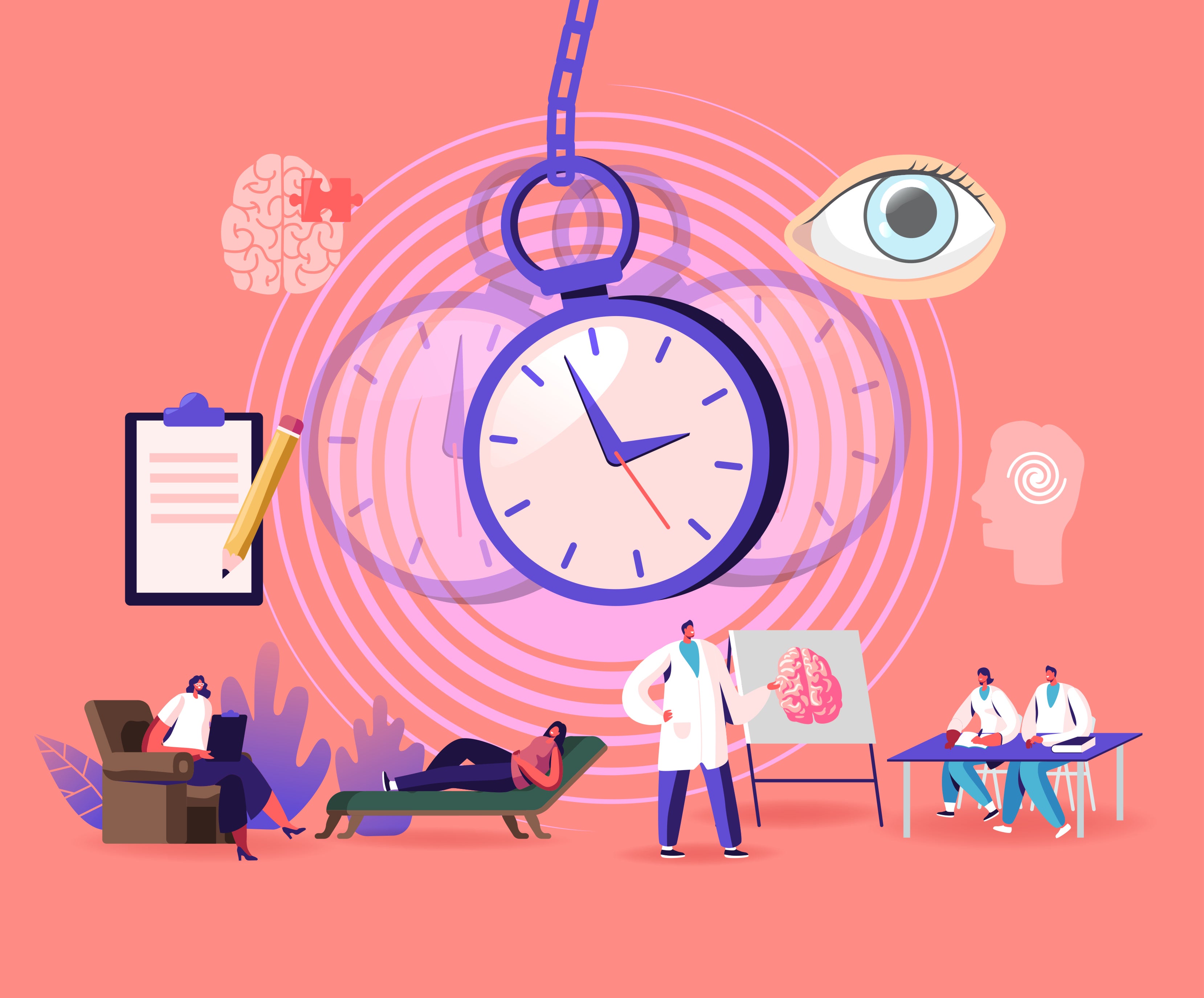
So how does it work?
Engel says, “During one’s normal waking state, the left side of the brain (also known as the conscious and rational brain, which communicates via words) dominates. Conversely, during hypnosis, and when we are relaxed, the right brain (also known as the creative and emotional brain, which communicates via images) dominates. Leading one to become more suggestible when it is activated.”
Engel explained the two phases of hypnosis in the simple way she would to patients:
- The induction phase involves bringing about a state of focused attention, which can take between 10 seconds to 10 minutes.
- The suggestion phase involves implementing specific suggestions to bring about certain life outcomes desired by the individual.
This is done by a highly skilled therapist, who is able to carefully select appropriate visualization techniques for the client.
Engel explains, “hypnosis is a well-studied form of adjunct treatment for a range of conditions. It can be beneficial in situations where emotions run high, and logic does not easily prevail. Most people can recall times in their life when they struggled with telling themselves not to worry about something and yet worried all the same.
“Or those times when despite all their positive affirmations and self-talk, they were outwitted by their sabotaging self. This is because words are not the language of the right brain, the creative brain, the unconscious brain. Thanks to our understanding of how to access the unconscious brain, we can paint a word picture using guided imagery and metaphor to overcome some of our deepest worries and most entrenched unwanted habits.”
The physiological sigh
In his January 2023 co-authored paper, including with Professor David Spiegel, Huberman and others found that controlled breathwork practices (i.e., a physiological sigh) have emerged as potential tools for stress management and well-being.
The physiological sigh is a pattern of breathing (originally discovered in the 1930s) that is essentially a double-inhale, followed by an extended exhale. Huberman said that by making your exhales “longer than your inhales, you are slowing the heart rate down” (see Huberman’s podcast on How to Breathe Correctly).
Follow Gandalf’s advice
Unsure what to do next? Start anywhere and try everything!
As a long-time proponent of continually trying new styles of meditation, breathing, hypnosis, NSDR – I take inspiration from Gandalf in the Fellowship of the Ring who says: “All we have to decide is what to do with the time that is given to us.” For me that means trying new techniques and finding what works for you. At best you will find a lifelong practice, at worst you will have met new people, tried something new, and maybe have a good story to tell!
Disclaimer: The information in any resource in this website should not be construed as legal advice or as a legal opinion on specific facts, and should not be considered representing the views of its authors, its sponsors, and/or ACC. These resources are not intended as a definitive statement on the subject addressed. Rather, they are intended to serve as a tool providing practical guidance and references for the busy in-house practitioner and other readers.







